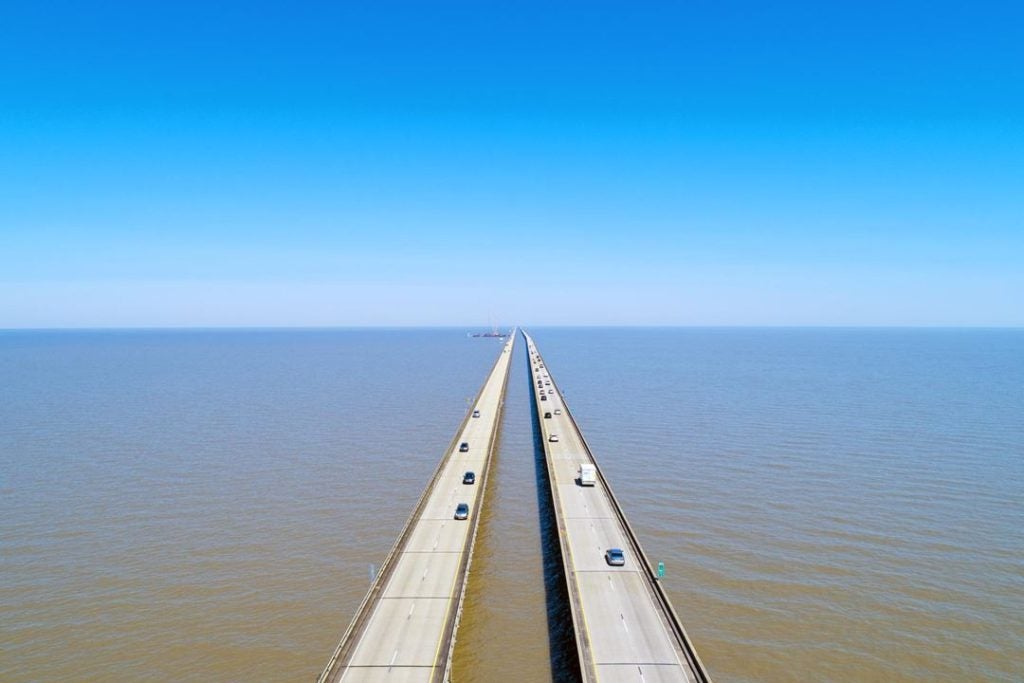Using carbon capture and storage (CCS) at industrial facilities can result in significant CO2 reductions at a minimal cost to the general public, according to recent research from Norway’s SINTEF Energy Research and the Netherlands’ Delft University of Technology (TU Delft).
The study, published in the latest edition of Environmental Science and Technology, examines how CCS applied to steel and cement production would have impacted the cost of the Lake Pontchartrain Causeway bridge in Louisiana, US – the longest beam bridge over continuous water in the world, consisting of approximately 225,000m3 of concrete and 24,209 tonnes of steel.

CCS has long been criticised for being too expensive. But while many studies have already investigated the impact of CCS in industrial plants, they have not examined its impact on the end user. This is a “significant gap”, the researchers say, as most people do not buy raw materials such as cement or steel, but products that the cement and steel were used to create, such as houses or bridges.
In the case study, CCS initially resulted in a substantial cost increase for raw materials: 60% for cement and 13% for hot-rolled coil (HRC) steel. But as cement and HRC make up only part of the bridge’s construction cost, the overall cost hike caused by CCS would be approximately 1%. That 1% extra cost could have reduced CO2 emissions associated with the bridge’s construction by 51%.
The additional cost of the CCS could easily be covered by a small increase in the tolls already paid by road users to access the bridge, suggest the researchers. The 51% emissions reduction is significant when considering that the cement and steel industries together account for approximately 15% of the world’s CO2 emissions, they add.
“This case study clearly shows that a holistic approach must be applied with assessing the cost of CCS verses emissions reduction – not only at the component and material level, but as a whole,” said SINTEF’s executive vice president for sustainability, Nils Røkke, in a statement. “This should encourage infrastructure developers and public purchasers to request low-emission materials in tenders and use this as a baseline for the environmental performance of new builds.”

US Tariffs are shifting - will you react or anticipate?
Don’t let policy changes catch you off guard. Stay proactive with real-time data and expert analysis.
By GlobalData


